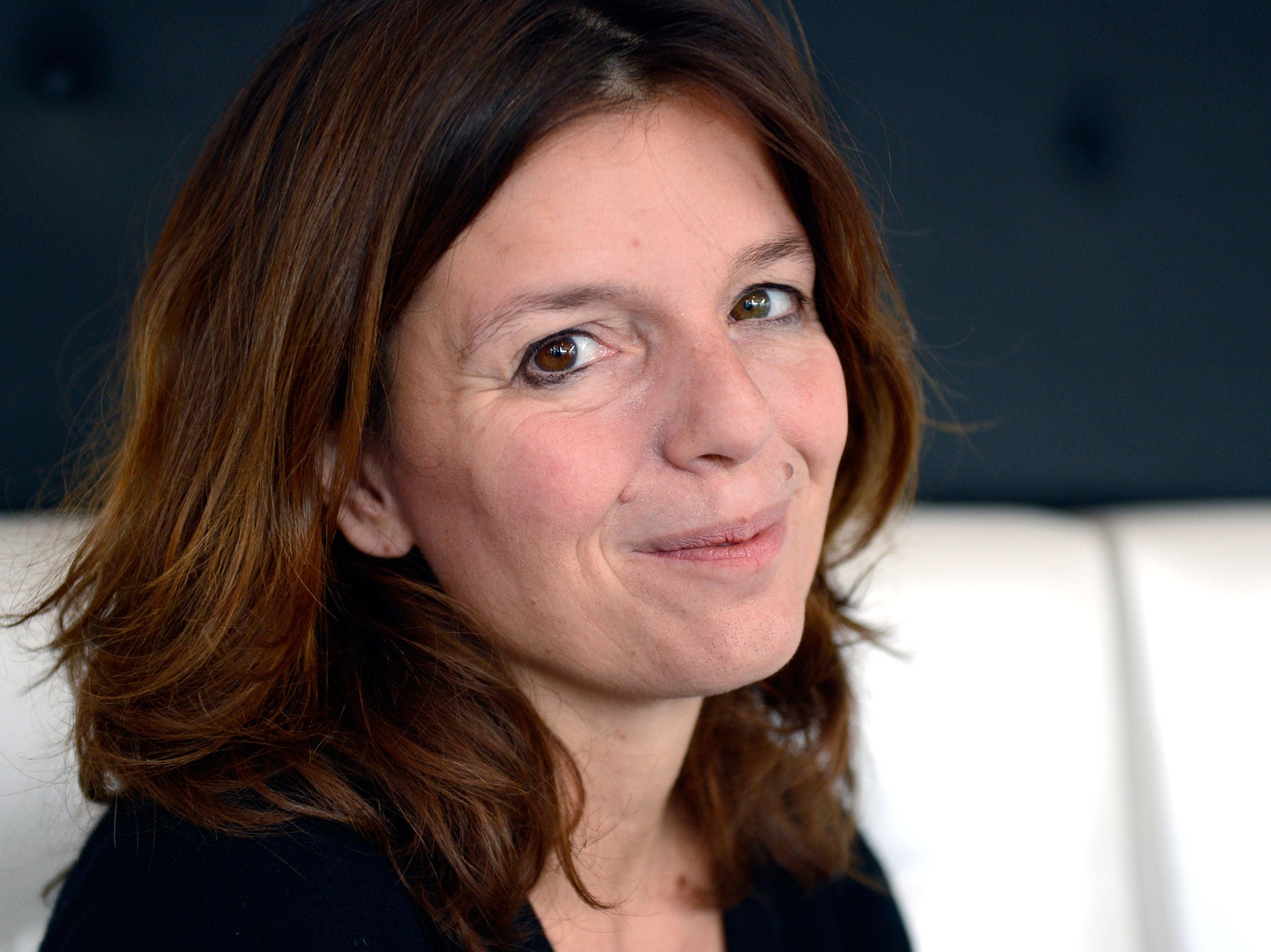Mend The Living by Maylis de Kerangal; trans. by Jessica Moore, book review
The parents of a 19-year-old, fatally injured in a car crash, contemplate his heart pumping but his brain dying

Pierre Rivol, heart surgeon, was born in 1959. The year when, among important events – "the triumph of the Cuban revolution, first vote for Swiss women, filming of Godard's Breathless... – they redefined death". Fast forward 46 years and Revol knows axiomatically: the heart stopping is no longer the sign of death, from now on it's the cessation of brain function." To misquote Descartes: "I don't think therefore I am no not."
How do the parents of a 19-year-old, fatally injured in a car crash, contemplate his heart pumping but his brain dying? Worse still, how to confront the fact Simon is being kept (mechanically) alive so his organs may be "harvested" to service a new host body? The scene in which Simon's parents confront the prospect of a new person seeing through their son's eyes, breathing with his lungs, powered by his heart is among the most moving passages written, because of – not despite – its scientific context.
Transitions from life to death to life are seen through the shifting perspectives of the surgeon and his medical team, of the friends and relatives of the deceased donor (Simon), and those of the new recipient (Claire).
For de Kerangal, language is always paramount. We know no more about each character than is strictly essential for the purposes of the narrative. Back stories are there only to elucidate actions, filtered through responses – honed on the part of the medical professionals, spontaneous, particularly in the reactions of Simon's estranged parents, forced together by pain. On reaching their decision: "Marianne and Sean lower their eyes, planted like stakes in [Remige's] office doorway, wordless... they themselves are overwhelmed by what they've just done... "donor", "don-ate", "aban-don", the words clang together in the hollow of their eardrums, bore in one after the other."
Words such as sagittal/basaltic/pauldron/diode/alveolar/photovoltaic slither through the text, not one out of place. The vocabulary fits each character's stream of consciousness, challenging the reader to follow the author's copious research into professional jargons, and teenage slang.
The book opens with Simon and two young friends surfing to their limits. They experience near-ecstatic sensations of their bodies' capacities for movement and oneness, from the physical to the metaphysical. The duality persists to the novel's end, when the title is finally explained. Mend the Living is from Chekhov's Platonov, elsewhere elucidated by the translator Jessica Moore: "The Russian... is a word that would usually be used to speak about cars, or other broken-down things—objects you would fix or patch up, repair or restore. When asked 'What shall we do, Nicolas?' the play's character replies, 'Bury the dead and mend the living'."
What de Kerangal treats in extended passages as a mechanical – or medical – fix takes flight when all those involved are forced to engage with precisely what that means. As Simon's "organ-harvested" body is stuffed with kapok in preparation for burial and Claire's heart commences rhythmically beating, the reader recognises she has concluded a novel that goes to the heart of what it means to be a human being.
Maclehose, £14.99. Order at £12.99 inc. p&p from the Independent Bookshop
Subscribe to Independent Premium to bookmark this article
Want to bookmark your favourite articles and stories to read or reference later? Start your Independent Premium subscription today.

Join our commenting forum
Join thought-provoking conversations, follow other Independent readers and see their replies